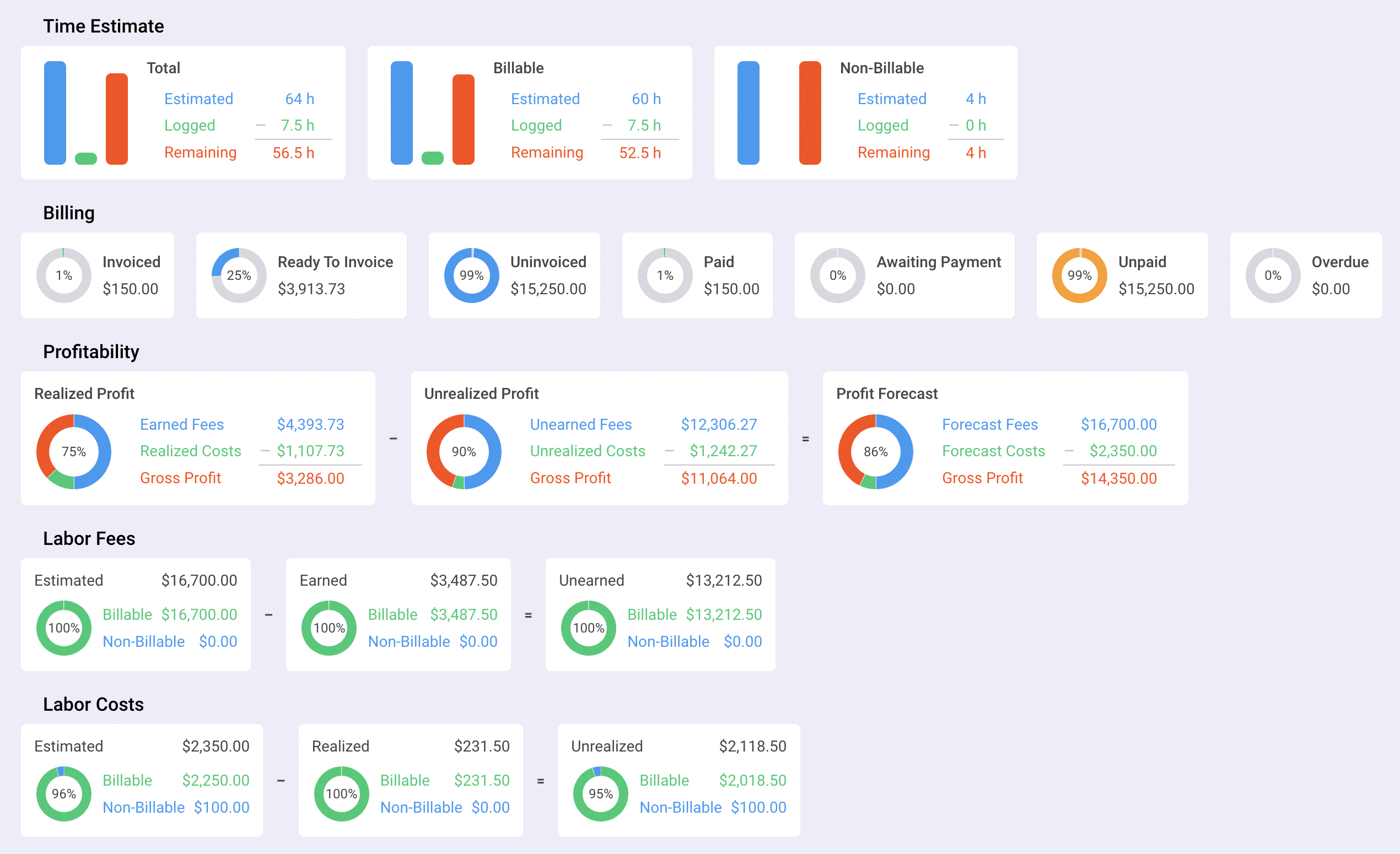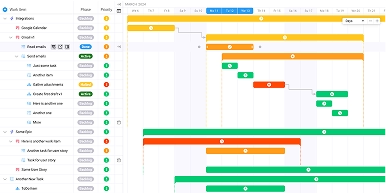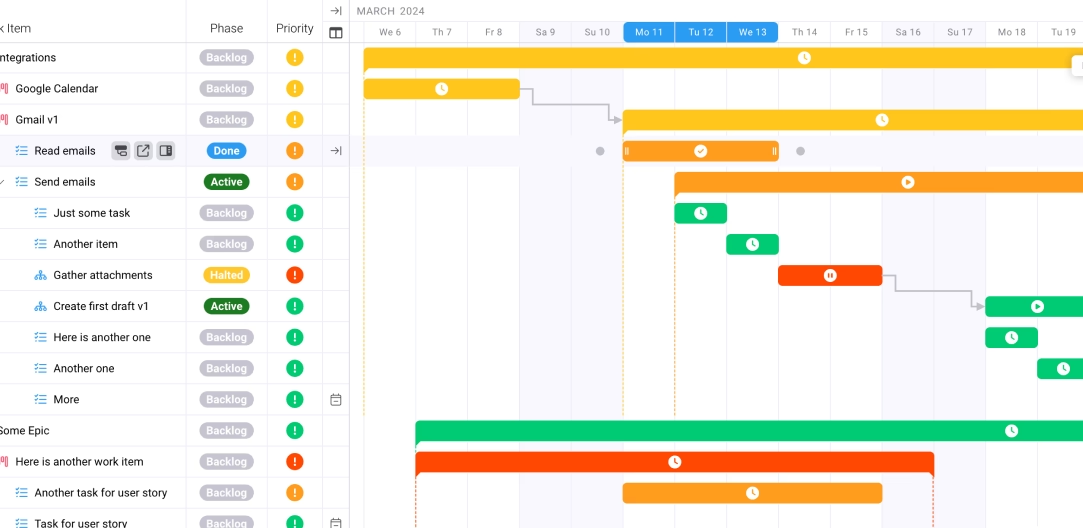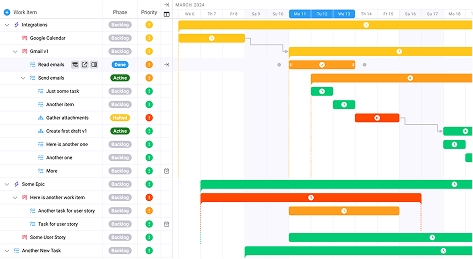
Building the Perfect Marketing Technology Stack for Your Agency
Key takeaways:
The martech landscape grew 9% to 15,384 solutions in 2025, creating both unprecedented opportunity and overwhelming complexity for agency leaders. Building the perfect marketing technology stack has evolved from a luxury to a necessity, as agencies struggle to balance innovation with operational efficiency while serving increasingly sophisticated clients who demand measurable results.
The stakes have never been higher. 76% of senior marketers are skeptical that their tools will generate expected ROI, while 80% of companies say that martech gives them a competitive edge. This paradox defines the modern agency landscape: technology is simultaneously the solution and the problem.
The question isn't whether your agency needs a sophisticated marketing technology stack—it's whether you can build one that actually works.
The Current Challenge: Technology Overwhelm in Agency Operations
Today's marketing agencies face a perfect storm of technological complexity that threatens their ability to deliver results efficiently. 29% of U.S. agencies use six to seven martech tools while 17% use more than 10, creating operational chaos that can consume resources faster than it generates value.
The primary challenge isn't the availability of solutions—it's the integration nightmare that follows hasty adoption decisions. Emerging marketing technologies require strategic evaluation for agency success, yet most agencies add tools reactively rather than strategically, creating disconnected systems that hinder rather than help performance.
Data fragmentation represents the most insidious problem. When campaign data lives in one system, client communication in another, and project management in a third, agencies lose the cohesive view needed for strategic decision-making. This fragmentation directly impacts client satisfaction and internal efficiency.
The talent challenge compounds these issues. 85.84% of marketing professionals plan to increase their use of AI technologies in the next 2-3 years, yet many agencies lack the internal expertise to evaluate, implement, and optimize these advanced tools effectively. This creates a dangerous gap between ambition and capability.
Budget pressures intensify the problem. Agencies must justify every technology investment while competing for client budgets that face similar scrutiny. The result is a reluctance to invest in the infrastructure needed for long-term success, creating a cycle of underperformance that makes future investments even harder to justify.
The Strategic Framework: Building Integration-First Technology Architecture
The solution requires a fundamental shift from tool-centric to outcome-centric thinking. Rather than asking "What tools do we need?" successful agencies ask "What outcomes do we need to achieve, and how can technology enable them?"
The integration-first approach prioritizes connectivity over functionality. Before evaluating any new tool, agencies must assess how it connects with existing systems and contributes to a unified data ecosystem. Choosing the right work management platform is critical for agency efficiency because it serves as the central nervous system that coordinates all other tools.
Data architecture forms the foundation of effective marketing technology stacks. 82% of marketers believe having a single source of truth for marketing data is beneficial, yet achieving this requires careful planning and discipline. The most successful agencies implement customer data platforms (CDPs) or comprehensive work management solutions that aggregate information from multiple sources into actionable dashboards.
Workflow automation represents the next layer of strategic architecture. 68.6% of organizations now use generative AI tools, making them the 6th most popular martech tool, indicating that automation has moved from experimental to essential. However, effective automation requires standardized processes before technology implementation.
Scalability planning ensures that today's solutions support tomorrow's growth. Agencies must evaluate not just current needs but anticipated future requirements, including client expansion, service diversification, and team growth. This forward-thinking approach prevents the costly tool replacement cycles that plague reactive technology strategies.
The human element cannot be overlooked. Technology succeeds only when teams understand and embrace it. Change management, training programs, and ongoing support are not optional—they're integral components of successful marketing technology stack implementation.
Implementation Tactics: Five Core Components of Agency Success
1. Central Command: Unified Work Management Platforms
The foundation of any effective marketing technology stack is a comprehensive work management platform that serves as mission control for all agency operations. Integrated work management platforms can streamline marketing campaign execution by providing visibility across projects, teams, and clients in a single interface.
Modern agencies need platforms that combine project management, resource planning, time tracking, billing, and client communication. This integration eliminates data silos and reduces the administrative burden that consumes valuable billable hours.
The platform should include robust reporting capabilities that translate operational data into strategic insights. This might include utilization rates, project profitability analysis, and resource forecasting that inform both day-to-day operations and long-term business planning.

2. Intelligence Layer: AI-Powered Analytics and Automation
62% of senior executives identify AI and machine learning advancements as top priorities over the next 12-24 months, making artificial intelligence no longer optional for competitive agencies. However, successful AI implementation focuses on augmenting human capabilities rather than replacing them.
Predictive analytics tools help agencies forecast project timelines, identify at-risk accounts, and optimize resource allocation. These insights enable proactive management that prevents problems rather than reacting to them after they occur.
Content generation and optimization represent immediate AI applications that deliver measurable value. From initial concept development to performance optimization, AI tools can accelerate content workflows while maintaining quality standards.
Marketing automation tools are essential components of modern agency technology stacks, enabling agencies to scale personalized client communication and internal processes without proportionally increasing overhead.
3. Client Interface: Integrated CRM and Communication Systems
Client relationship management extends far beyond contact databases in modern agency operations. Effective CRM systems integrate with project management, billing, and communication tools to provide a complete view of each client relationship.
Client portals enable transparent collaboration while reducing administrative overhead. Clients can access project status, review deliverables, and communicate with teams without creating additional work for agency staff.
Communication tools should integrate with project workflows to ensure that client conversations inform project decisions. This integration prevents miscommunication and ensures that client feedback directly impacts deliverable development.
4. Performance Engine: Advanced Analytics and Attribution
Measuring marketing effectiveness requires sophisticated attribution modeling that connects agency efforts to client outcomes. Multi-touch attribution platforms help agencies demonstrate value by showing how various touchpoints contribute to client success.
Real-time dashboards provide both agencies and clients with current performance data, enabling agile optimization that improves results while projects are in progress rather than after completion.
Competitive analysis tools help agencies position their clients effectively while identifying opportunities for service expansion or strategic pivots.
5. Infrastructure Layer: Security, Compliance, and Integration
Data security and compliance are non-negotiable requirements for modern agencies. Technology stacks must include robust security measures, regular backups, and compliance monitoring that protects both agency and client data.
API integration capabilities ensure that tools can communicate effectively, preventing data silos and reducing manual data transfer that introduces errors and inefficiencies.
Vendor management systems help agencies evaluate, implement, and optimize their marketing technology stack components systematically rather than reactively.
Measuring Success: KPIs That Matter for Agency Technology
Effective measurement focuses on outcomes rather than activities. While traditional metrics like tool adoption rates provide basic insights, strategic measurement requires more sophisticated approaches that connect technology investments to business results.
Client satisfaction metrics should include technology-related components such as communication effectiveness, project visibility, and deliverable quality. These measurements help agencies understand how technology investments impact their most important stakeholders.
Internal efficiency metrics must balance productivity gains with team satisfaction. Technology that improves output while degrading employee experience creates unsustainable short-term gains that ultimately damage long-term performance.
Financial metrics should include technology ROI calculations that account for both direct costs and indirect benefits. This includes reduced administrative overhead, improved project profitability, and enhanced client retention rates that result from technology-enabled improvements.
Revenue per employee represents a crucial metric for agencies, as technology should enable teams to deliver more value without proportional increases in headcount. This measurement helps justify technology investments and guide future expansion decisions.
Time-to-value metrics measure how quickly new technology implementations begin delivering measurable benefits. Shorter implementation cycles indicate more effective change management and platform selection processes.
Future Considerations: Preparing for the Next Wave of Innovation
The marketing technology stack landscape continues evolving rapidly, with new categories emerging regularly. Agencies must balance early adoption benefits with implementation risks while maintaining operational stability.
Voice and conversational AI represent emerging opportunities that may reshape client communication and content development processes. Agencies should monitor these developments while avoiding premature adoption that disrupts effective current systems.
Blockchain technology may eventually impact digital advertising transparency and attribution accuracy, though widespread adoption remains uncertain. Agencies should understand these developments without making significant investments until use cases mature.
Privacy regulations continue expanding globally, requiring agencies to evaluate their technology stacks for compliance capabilities. This includes data processing transparency, user consent management, and retention policy enforcement.
Sustainability considerations increasingly influence technology decisions as clients prioritize environmental responsibility. Cloud-native solutions generally offer better sustainability profiles than on-premise alternatives while providing superior scalability and reliability.
The integration of physical and digital experiences through augmented reality and Internet of Things devices may create new service opportunities for forward-thinking agencies. However, these technologies require significant investment in both tools and expertise.
Conclusion
Building the perfect marketing technology stack for your agency requires strategic thinking that prioritizes integration over individual tool functionality. The most successful agencies recognize that technology serves business outcomes rather than existing for its own sake.
The foundation begins with comprehensive work management platforms that unify operations, followed by AI-powered analytics that enhance decision-making and client communication systems that improve relationships. Performance measurement and infrastructure management ensure that investments deliver sustainable value.
Success depends on choosing technologies that grow with your agency while maintaining the operational excellence that clients expect. Ravetree exemplifies this approach by providing the integrated work management foundation that enables agencies to build comprehensive marketing technology stacks that deliver measurable results.
The agencies that thrive in 2025 and beyond will be those that master technology integration rather than simply accumulating tools. Your perfect marketing technology stack awaits—it just requires the strategic discipline to build it correctly.
Frequently Asked Questions
How many tools should be in a marketing technology stack?
The optimal number varies by agency size and complexity, but focus on integration and outcomes rather than tool count. Most successful agencies use 6-10 core platforms that work seamlessly together.
What's the biggest mistake agencies make when building their tech stack?
Choosing tools based on features rather than integration capabilities, leading to data silos and operational inefficiency.
How long does it take to implement a new marketing technology stack?
Comprehensive implementation typically takes 3-6 months, depending on complexity and change management effectiveness.
Should agencies build custom solutions or use off-the-shelf platforms?
Most agencies benefit from established platforms with customization capabilities rather than building from scratch, as this reduces risk and implementation time.
How do you measure the ROI of marketing technology investments?
Focus on outcome metrics like client satisfaction, team productivity, project profitability, and revenue per employee rather than just tool adoption rates.
What's the role of AI in modern agency technology stacks?
AI should augment human capabilities in areas like content generation, predictive analytics, and workflow automation rather than replacing strategic thinking.
How often should agencies evaluate their technology stack?
Conduct comprehensive reviews annually with quarterly check-ins to ensure alignment with business goals and industry developments.









